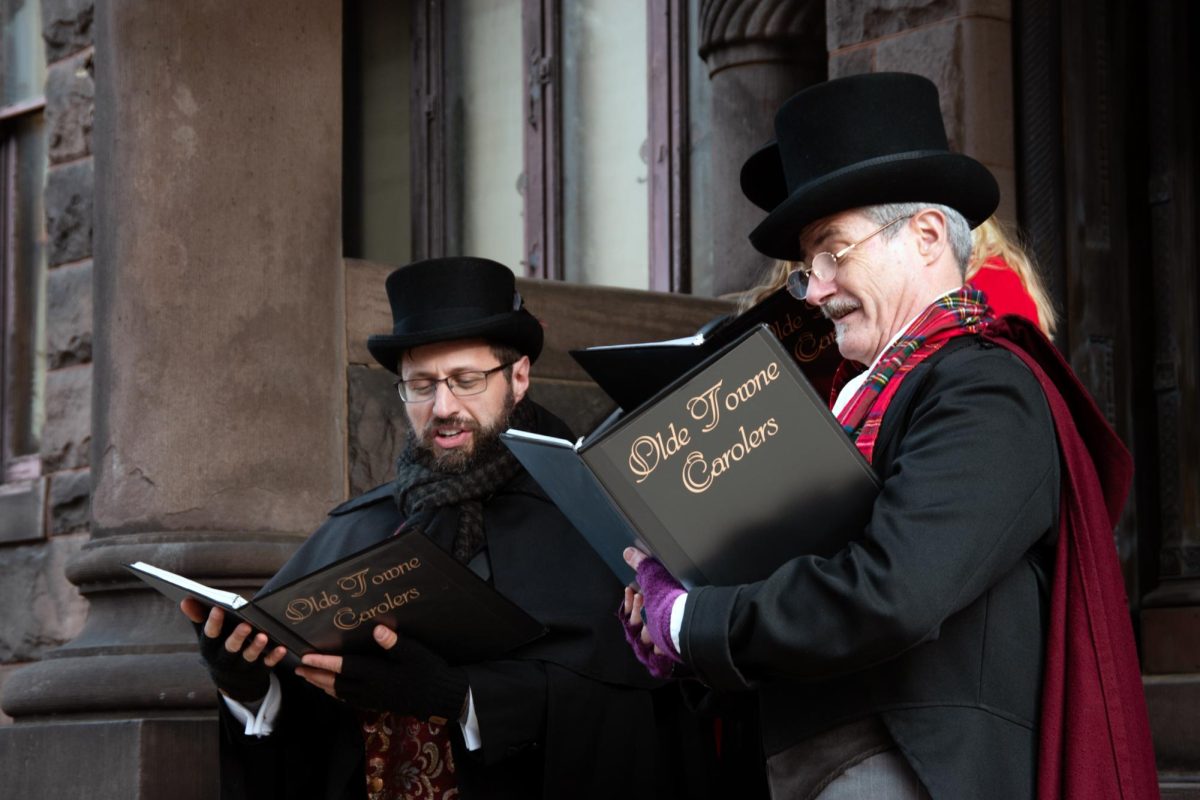Finding the words to explain the Black Lives Matter protests and general issues of race to children can be difficult, especially when we as students, faculty and staff are still trying to grasp it.
Psychologists and parenting experts said those with young siblings or children should not avoid the topic altogether, especially when kids look to their elders to make sense of the world. Families should begin to normalize discussions about race and racial conflict by holding frequent and thoughtful conversations that engages children with metaphors to their own lives, they said.
“What’s critical is for parents and teachers to provide children and youth with the vocabulary to make sense of the protests happening across the nation,” said Kabria Baumgartner, an assistant professor at the University of New Hampshire. “We need to define and discuss key terms such as social justice, racial equality, equity and human rights. And then we need to share examples of what it means to enact social justice and practice equity.”
Get comfortable talking about race
Sociologist Margaret Hagerman warned that sidestepping conversations about race can cause children to draw “harmful” conclusions about their view on the issue. For example, telling children that racism does not exist and that everyone is equal could prompt children to mistakenly believe that “unequal racial patterns they see are earned or justified,” she said.
Howard Stevenson, a clinical psychologist at the University of Pennsylvania, devised a three-step plan to guide conversations about race with children: “Affection, correction and protection.”
Stevenson said any discussion should start affectionately. For those speaking with children of color, Stevenson advised that guardians praise their physical traits, cultural differences or linguistic markers that make them unique from their White classmates.
When speaking to White children, Stevenson said caretakers could instead praise features of their classmates of color or characters of color they see on TV. He said those talking to children should make clear that they value these physical and cultural differences, but that there are some people who will view them negatively. He suggested framing differences as “a gift, not a liability,” while preparing children to encounter and resist racist messages.
The second step is to identify and correct misconceptions children may have formed about people from different racial or ethnic backgrounds. He said caretakers should prepare children for the kinds of discriminatory or bigoted things they may hear by calling out their misconceptions as false, explaining where these ideas come from and emphasizing that “no one is less human than another.”
Stevenson also suggested protecting the child from conversations about issues they may not yet have the ability to comprehend. He advised checking in with them at various points of a conversation and validating any feelings of sadness or worry. Emphasize to the child that this conversation is ongoing and encourage them to ask questions at any time, he said.
“Right now, as chaotic as things might seem, is a good time to begin having these conversations with your child,” Stevenson wrote in a 2016 article published by University of Pennsylvania. “It opens the door to you saying, ‘Here’s what we are going to do. Here’s how we can face this. You might feel helpless, which is natural and OK. I want to talk to you about this so you can feel strong.'”
Expose children to diverse content
Research suggests that children may develop unconscious racial biases from as old as three years, which partially stems from lack of diversity in children’s books and media. Erin Winkler, an associate professor at the University of Wisconsin-Milwaukee, encouraged parents to expose children to diversity in the books and media they consume.
Common Sense Media has compiled a collection of more than 20 lists guiding parents and educators to explore a diverse set of books and media, like “Books to Inspire Young Activists,” “Explaining the News to Our Kids” and “Books About Racism and Social Justice.”
Explain the protests
When explaining the Black Lives Matter protests, educational psychologist Reena Patel said caretakers should discuss the protests metaphorically as situations the child has experienced and can relate to.
She suggested using examples like, “When Mommy asks you to clean up your toys, you don’t want to because you know your sister is the one who made the mess. You think it’s unfair and then you protest and say no and cry…that is a form of peaceful protesting.”
Patel also suggested that caregivers find creative ways to involve children in activism. For parents who do not feel safe taking their children to the protests, she said they can help their kids write to a congressperson or make signs to hang around their neighborhood.
“Activism is not just going out and working in a huge crowd and making some march,” Patel told CBS. “It’s also about emailing and writing to your congressman and maybe starting small within your own household and making some signs and sharing it with your neighborhood. And talking about what kindness and compassion and respect is.”







